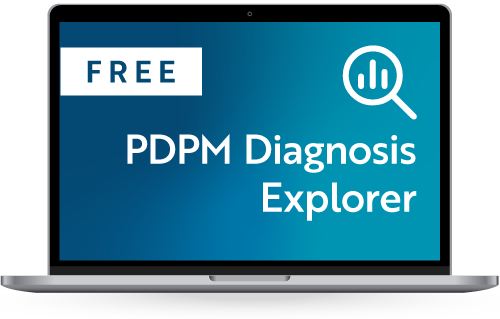Updated Interim Guidance for Implementing Home Care of People Not Requiring Hospitalization for Coronavirus Disease 2019 (COVID-19) — This guidance has been updated to include information and references for home health agency personnel involved in home care of people with confirmed or suspected COVID-19 infection.
Updated Duration of Isolation and Precautions for Adults with COVID-19 — This guidance has been updated to include criteria and evidence to address whether people who recovered from COVID-19 and are re-exposed to COVID-19 need to undergo repeat quarantine.
Updated Interim Guidance for Routine and Influenza Immunization Services During the COVID-19 Pandemic — This guidance has been updated to include considerations for influenza vaccination, vaccination of persons with suspected or confirmed COVID-19 or persons with known exposure, and influenza vaccination of persons in healthcare facilities and congregate settings during the COVID-19 pandemic.
Updated Information for Clinicians on Influenza Virus Testing — This guidance has been updated to include new algorithms for the testing and treatment of influenza when SARS-CoV-2 and influenza viruses are co-circulating. These updates include:
- Consolidated Clinical Algorithm for Outpatient Clinic or Emergency Department Patients with Acute Respiratory Illness Symptoms (With or Without Fever)
- Clinical Algorithm for Outpatient Clinic or Emergency Department Patients with Acute Respiratory Illness Symptoms (With or Without Fever) Not Requiring Hospital Admission
- Clinical Algorithm for Patients with Acute Respiratory Illness Symptoms Requiring Hospital Admission (With or Without Fever)
To learn more, please visit: Information for Clinicians on Influenza Virus Testing
Updated Health Department-Reported Cases of Multisystem Inflammatory Syndrome in Children (MIS-C) in the United States — Since mid-May 2020, CDC has been tracking reports of multisystem inflammatory syndrome in children (MIS-C), a rare but serious condition associated with COVID-19. MIS-C is a new syndrome, and many questions remain about why some children develop it after a COVID-19 illness or contact with someone with COVID-19, while others do not. To learn more, please visit: Cases in the U.S.




